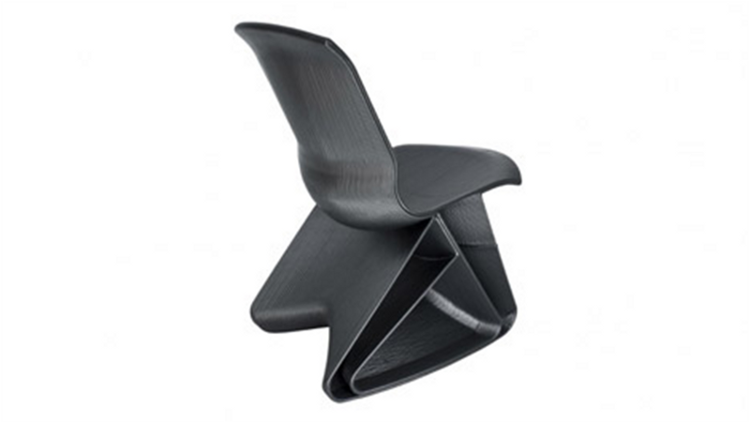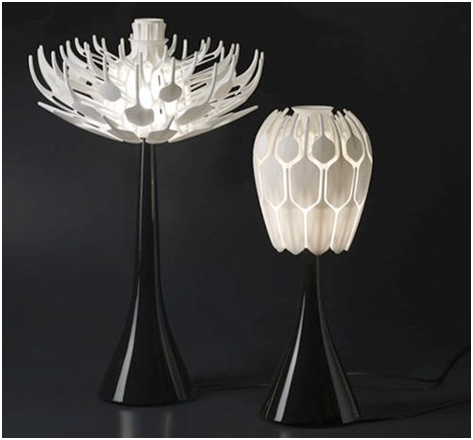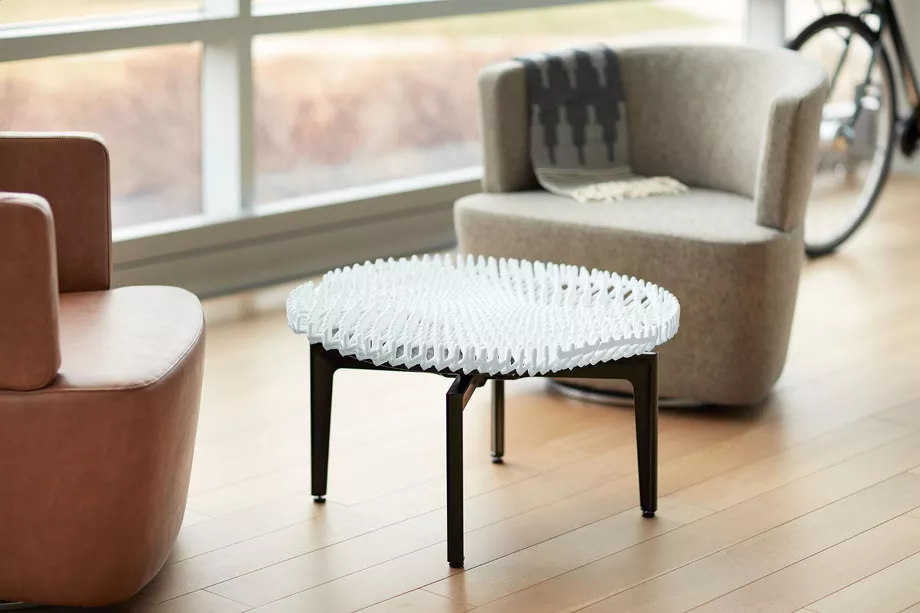![Rapid Liquid Printed Furniture [Image: MIT and Steelcase]](https://fabbaloo.com/wp-content/uploads/2020/05/Furniture-Image1-LARGE_img_5eb09ef604512.png)
Charles Goulding and Preeti Sulibhavi discuss 3D printing to appeal to millennials’ furniture buying preferences.
Millennials are drawn to consumer-centric furniture websites that deliver in days – not months. The largest generation in US history, Generation Y likes options; some websites will mail samples and offer free shipping and returns. With advantages such as cutting out the middleman, these direct-to-consumer furniture companies are revolutionizing the furniture industry. The once niche modernist, clean-lined market has now grown, as this style has almost defined millennials’ prevailing tastes this past decade.
Comprising about a third of the US adult population, and at 80 million strong, millennials are the most robust generation in American history. Their substantial purchasing power is clearly influencing furniture trends. In 2014, millennials accounted for 37% of all households purchasing furniture/bedding. In fact, that is the largest share of any generation.
In the December 15-16, 2018 Weekend “Off Duty,” Wall Street Journal design piece, Catherine Romano discusses “How Millennials Decorate (And Why You Should Buy Furniture Their Way).” Ms. Romano makes a solid case for using millennial-friendly websites as opposed to traditional methods of purchasing furniture.
What better way for these millennial-centric online furniture companies to keep up with the changing tastes and preferences of millennials, than by utilizing 3D printing technology to create versatile yet durable furniture.
Rapid Liquid Printing
Developed at MIT’s Self-Assembly Lab in collaboration with Steelcase, an office furniture company, Rapid Liquid Printing is an innovative way to 3D print furniture (see top of this article). The pieces are easily customizable while being manufactured on a large scale. This is possible due to the method of designing pieces within a vast vat of gel. Liquid is extruded into the 3D space of the vat through a machine-controlled nozzle. The liquid cures within the gel and can be washed off after hardening. This takes minutes – not hours. Customers can essentially weigh-in on how their furniture will look. For millennials, options are important.
Furoc, the Robot turned 3D Printer
About 40 times faster than traditional 3D printing, this industrial robot turned 3D printer named Furoc can create unique chair designs in various colors. Dutch designer Dirk Vander Kooij can design such chairs in under 3 hours.

Batoidea Chair by Peter Donders
Without 3D printing, an aluminum chair such as the “batoidea,” or stingray chair, would not be possible to cost-effectively manufacture. Designer Peter Dander created these pieces through use of a 3D printed sand mold. The chairs are light, durable, and have an “airy” design.

Materialise Blooms
Materialise produces Bloom lights, wherein the shade is articulated and opens and closes like a blooming lotus flower. Printed in one piece and designed by Patrick Jouin, it requires no assembly (shade included) and is both traditional and modern, utilizing 3D printing and unique designs.

The Research & Development Tax Credit
Enacted in 1981, the now permanent Federal Research and Development (R&D) Tax Credit allows a credit that typically ranges from 4%-7% of eligible spending for new and improved products and processes. Qualified research must meet the following four criteria:
-
Must be technological in nature
-
Must be a component of the taxpayer’s business
-
Must represent R&D in the experimental sense and generally includes all such costs related to the development or improvement of a product or process
-
Must eliminate uncertainty through a process of experimentation that considers one or more alternatives
Eligible costs include U.S. employee wages, cost of supplies consumed in the R&D process, cost of pre-production testing, US contract research expenses, and certain costs associated with developing a patent.
On December 18, 2015, President Obama signed the PATH Act, making the R&D Tax Credit permanent. Beginning in 2016, the R&D credit can be used to offset Alternative Minimum tax for companies with revenue below $50MM and for the first time, startup businesses can obtain up to $250,000 per year in payroll taxes and cash rebates.
What This Means for Millennials and 3D Printing of Furniture
By eliminating the cost of brick-and-mortar retail stores, these online design sites can add value by utilizing 3D printing in creating their furniture pieces. It will add to the lightweight-feel, efficiency, customizability and durability of the pieces they offer. Aside from purchasing furniture and other home goods, millennials are avid social media users and are generally not afraid to voice their ever-changing opinions online. To avoid millennial backlash and disappointment (often vociferously noted online), online furniture companies can utilize more efficient and emerging technologies to improve product and processes. This will help meet millennials’ changing tastes and demands, and reduce online backlash, which can often be detrimental to many retailers. In this respect, 3D printing can streamline their processes (producing customizable pieces more efficiently) and thereby improve customer satisfaction. Utilizing the R&D Tax Credit can also be an added economic benefit for these millennial-friendly furniture companies as well.











